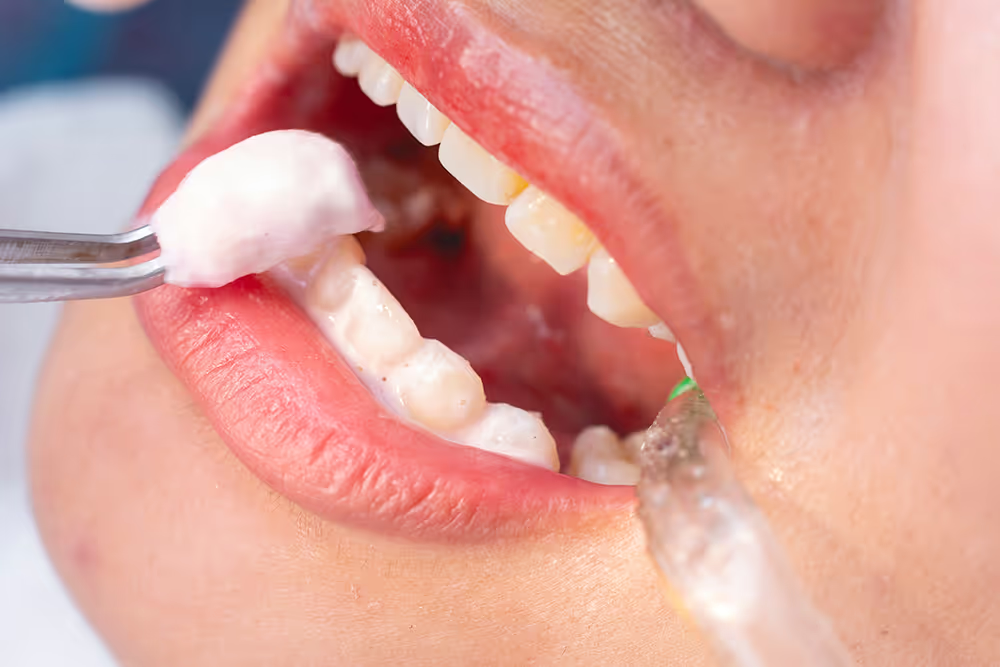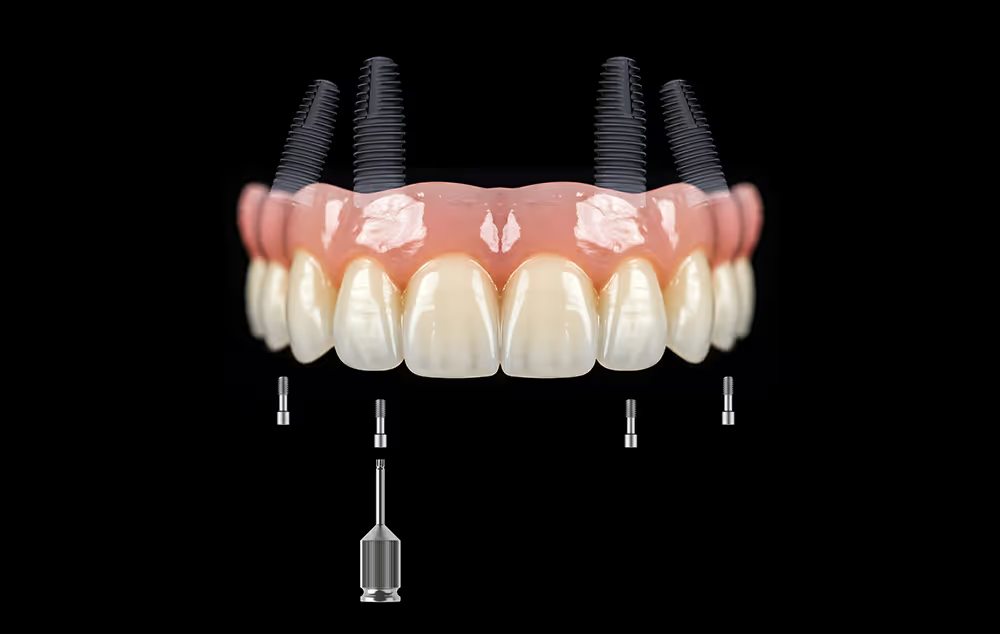Fluoride and Mineral Applications
Your tooth is made up of minerals such as calcium and phosphate. Decay occurs when acids released by bacteria creates an acidic environment in which your teeth donate their minerals. When your teeth have no mineral left, a hole forms.
Fluoride is a special, naturally occurring mineral that has many benefits to teeth. It combines with calcium and phosphate to remineralise your teeth (forming a substance called fluorapatite). This means that we can actually remineralise your teeth and give back what has been lost. Fluorapetite is also more resistant to acids than natural teeth, and doesn’t dissolve until the pH drops to 4.5.
Studies comparing fluoride-treated and non-fluoride-treated enamel show significantly higher rates of remineralization in the presence of fluoride. Meaning having some fluoride around means your teeth absorb minerals faster.
Do I need high levels of fluoride?
No! It is more about consistency and time. What we are trying to do is shift the balance of minerals so that you are not in a net negative. I would rather low levels of exposure over a long period of time, combined with addressing the other risk factors.
For example, for many of our patients who are in low to moderate decay risk we actually recommend a toothpaste that has lower levels of fluoride than supermarket brands but studies have shown good remineralisation? Why? In normal toothpaste it only has fluoride, and relies on the saliva to give the other ingredients. In this toothpaste the fluoride is already combined with the calcium and phosphate so enters the tooth readily and rapidly.
How do your teeth get fluoride?
1. Town water: Town water in NSW has 1 part per million (ppm) fluoride. This level is so low it doesn’t affect any other part of your body, but is high enough to protect your teeth. There have been extensive studies done on fluoride in the water and have shown absolutely no adverse effects, but has been shown to dramatically decrease decay experience. For example, a study done in Logan, QLD showed adding 1ppm fluoride to the water decreased decay in children by 30% over 5 years.
2. Toothpaste: adult toothpaste contains 1000-1200ppm fluoride. But remember, these benefits to teeth are topical, meaning if you swallow or rinse out the fluoride, you lose them. It only works while it sits on the teeth. This is why you should just spit out the excess and leave a little to sit in your mouth as you sleep. If you have a really high decay risk we may provide high strength toothpaste which has 5000ppm fluoride.
3. Dental fluoride applications: often after a professional debridement, we apply a fluoride treatment to the teeth which has 9000ppm fluoride. At this concentration, it has been to remineralise the teeth as well as help kill bacteria.
4. Dental early decay treatment: If we notice decay very early, while it is still in the first layer of the tooth, we can apply a special varnish which has 22,600ppm that dries onto to tooth and then releases high amounts of mineral over the next few weeks before flaking off. This has been shown to help to arrest the lesion.
Other Blogs
All-On-X is a full-arch restoration technique where a full set of upper or lower teeth is supported by dental implants. These implants are strategically placed to maximise support, even in patients with bone loss.
Dental treatment is not cheap. There’s no denying that. So, what tips do we have to reduce your dental costs?
Decay occurs when acids released by bacteria creates an acidic environment in which your teeth donate their minerals.




